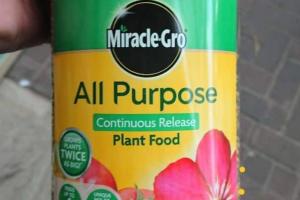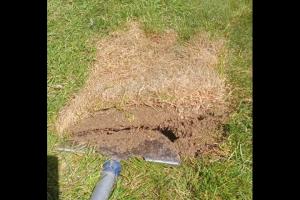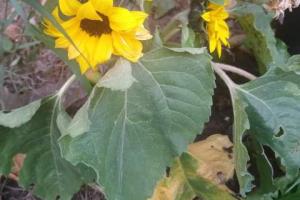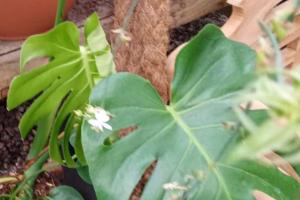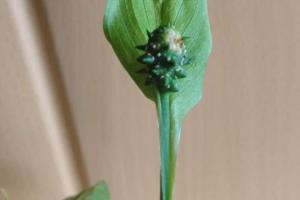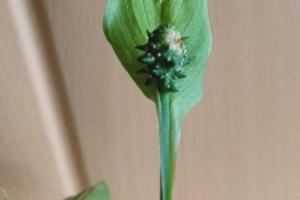7 Ways to Keep Your Aloe Plant Alive (Indoors)
Aloe plants are adapted to growing in hot, dry climates with relatively low rainfall. To keep aloe plants alive it is important to emulate these conditions by planting it in gritty well draining potting soil, in full sun and only watering when the potting soil has dried out.
Here is a table summarizing the most important cafe requirements for keeping aloe plants alive:
| How to Care for Aloe Plants Indoors: | Indoor Aloe Plant Requirements: |
| 1. Light: | Full sun (at least 6 hours). Indoor grow lights may be necessary in Winter if you do not have a South facing Window. |
| 2. Potting Soil: | Gritty ‘Succulents and Cacti’ soil is necessary to provide sufficient drainage for aloe plants. Normal potting soil retains too much moisture. |
| 3. Watering: | Water when the potting soil has dried out. Aloe plants need watering less frequently in Winter. |
| 4. Best Pots for Aloe Plants: | Clay and terracotta are best for their porous structure that allow the soil to dry more evenly. |
| 5. Repotting Aloe Plants: | Repot aloe every 2-3 years in a pot that is around 1-2 inches larger in diameter. |
| 6. Fertilizer: | Use a succulent and cacti fertilizer once a month in Spring and Summer for mature aloe plants. |
| 7. Temperature Range: | The optimal temperature range is 60°F to 75°F (16°C to 24°C) during the day and between 50°F to 60°F (10°C to 16°C) at night. Aloe can tolerate much warmer temperatures. |
Keep reading for how to take care of aloe plants and for troubleshooting tips…
1. Locate the Aloe Plant in 6 Hours of Direct Sunlight
Aloe plants are native to hot, dry and sunny environments, with aloe vera growing wild in countries such as Oman in the Arabian Peninsula.
Therefore when grown indoors it is important to find a nice sunny window sill with at least 6 hours of direct sunlight.
In my experience, it is best to give aloe plants as much sun as you can as the more sunshine the aloe has the more it will stay in an aesthetically pleasing compact shape, rather then growing leggy and drooping.
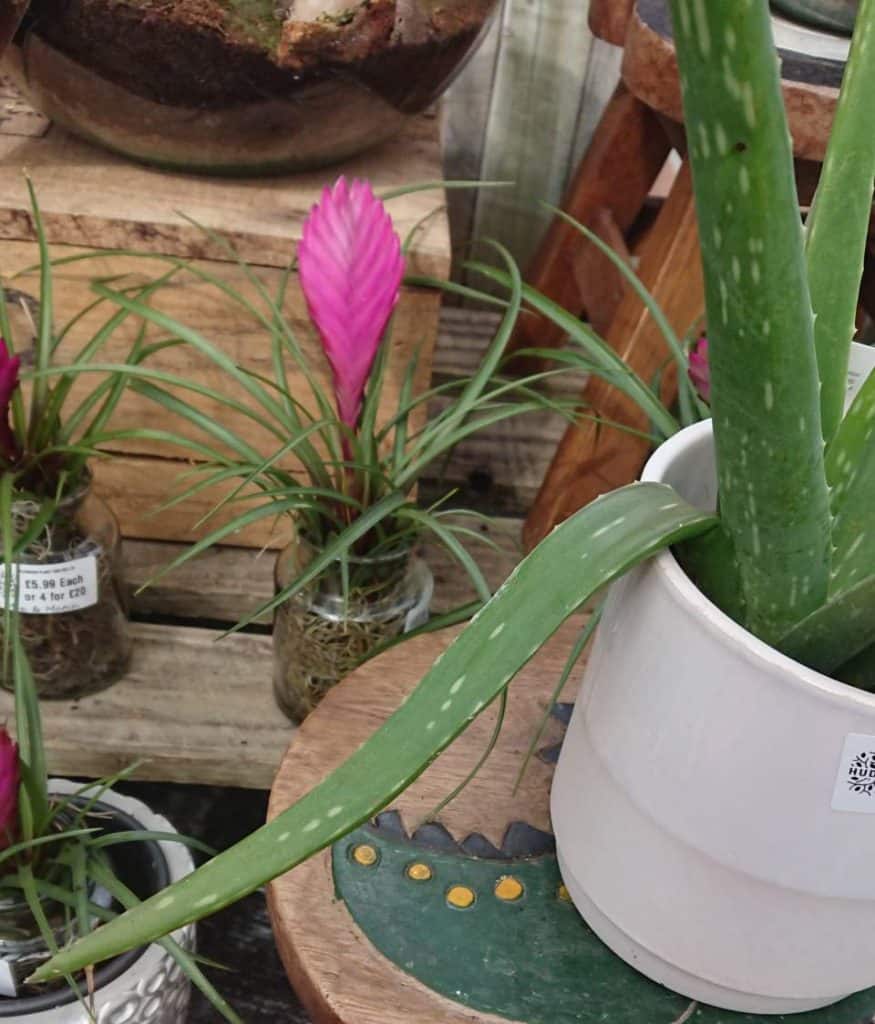
If they are in too much shade then the aloe leaves often droops down, turn pale and grow leggy as it searches for more light.
However I should caution that if your aloe has been in the shade for a while, you should expose it to more sunlight gradually rather then place it in direct blazing sunshine as it can scorch if it does not have time to adjust.
Place the aloe in more sunlight over the course of 2 weeks (by either moving the plant or drawing a curtain slightly) to give the aloe time to adapt to the sunny conditions and it should be very happy.
If you do not have a window sill with enough sunlight supplement their natural light with grow lights to prevent the aloe becoming leggy as aloes cannot survive in the shade.
2. Plant Indoor Aloes in Well Draining Gritty Soil
Aloe plants grow in gritty, sandy soil with a well draining, low nutrients and porous structure in their native environment.
To grow your aloe plant it is important to plant it in soil that replicates the natural soil conditions by planting it in specially made ‘succulent and cacti soil’.
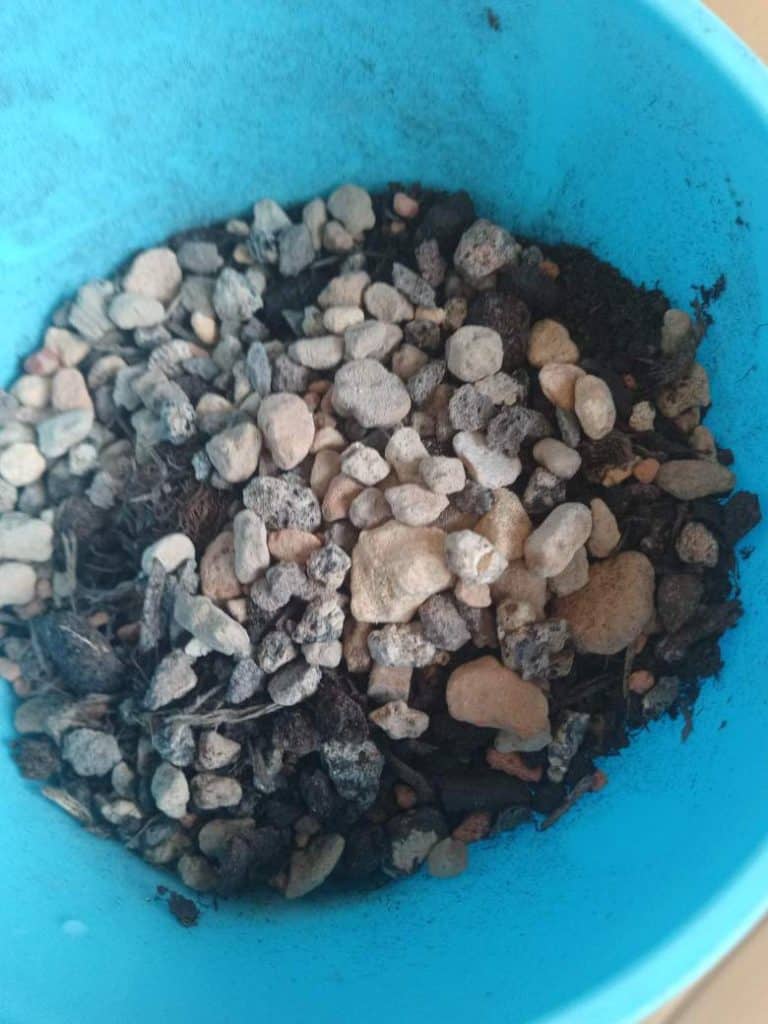
Conventional potting soil retains moisture around the roots of the aloe plant too long for it to tolerate which can cause the same symptoms as over watering with the leaves turn yellow or brown with a mushy texture.
The succulent and cacti soil is especially gritty and does not hold much water around the roots which helps to prevent root rot.
(To learn more, read my article best potting soil for aloe plants).
3. Only Water Aloe Plants When The Soil Dries Out Completely
Aloe plants have many adaptation to growing in dry conditions with their thick fleshy leaves storing moisture to cope with drought.
As aloe plants are adapted to be drought resistant they do not tolerate damp and one of the most common reasons for a dying aloe plant is overwatering.
Aloe plants typically experience a deluge of rainfall followed by a period of drought in their natural habitat, so when watering aloe indoor it is best to replicate this cycle.
Water the aloe plant with a generous soak ensuring the potting medium is evenly moist then wait for the soil to dry out before watering again.
To tell when your aloe plants need water, I recommend feeling the potting soil through the drainage hole in the base. If the soil feels moist then delay watering for a few days, until the soil has dried out, then give the soil a thorough watering.
Another good way to tell is by picky your aloe plant pot up after watering and assessing the weight. The pot should feel progressively lighter as the soil dries out, at which point give it a good soak.
I personally find these methods much more effective then using moisture meters.
Aloes use it much more watering in the Spring and Summer when temperatures are in the optimal range for growth of 60°F to 75°F (16°C to 24°C).
If the temperature increases significantly above 75°F then the aloe can sometimes slow its rate of growth and use less water.
Similarly when temperatures cool in the Winter and there are far fewer hours of daylight the aloe’s rate of growth and therefore demand for moisture decreases, it is always better to test the soil or feel the weight of the pot before watering.
I personally water my aloe plants every 7-10 days in the Spring and Summer and every 14 days or so in the Fall and Winter.
If the aloes leaves look thinner then the aloe is depleting its moisture reserves which is a good indication that it needs watering.
If you are unsure about watering read my article, how to tell if your aloe plant is over or under watered.
4. Plant Aloes in Unglazed Clay or Terracotta Pots
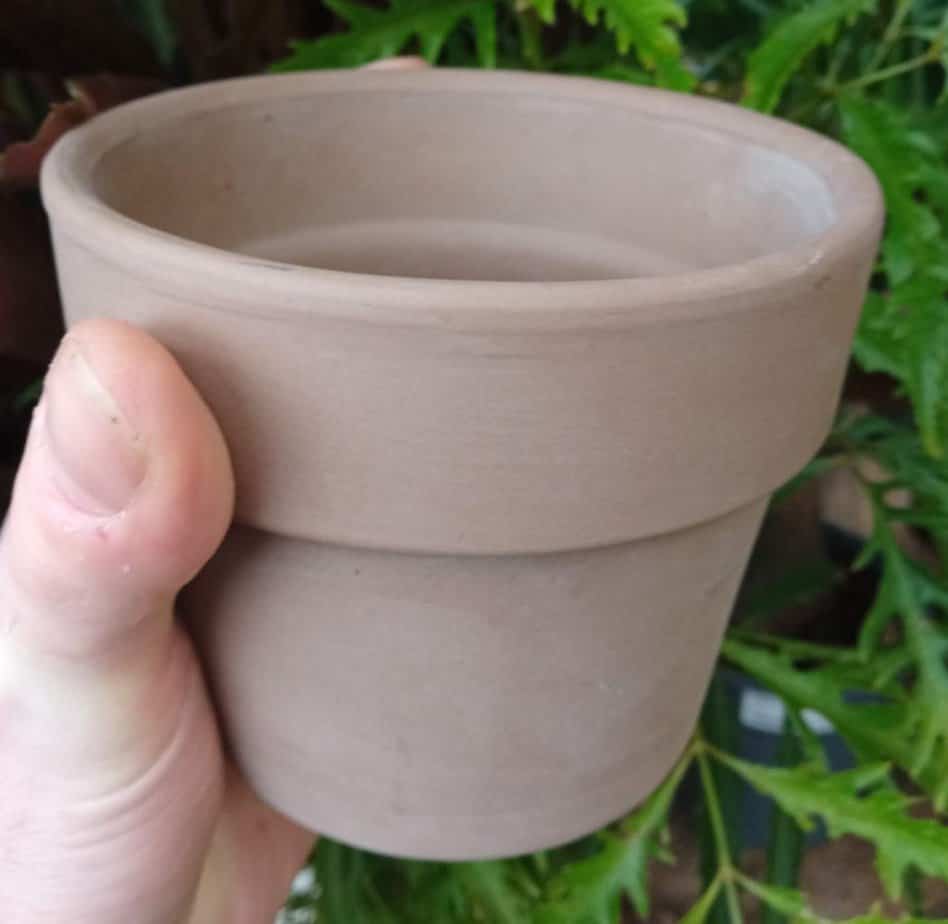
The best pots for growing aloe plants are unglazed clay or terracotta pots as these pots have a porous structure that allows the soil to dry out more evenly to prevent the risk of root rot.
Whilst aloe plant can grow in plastic or ceramic pots, these material are impermeable and can retain too much moisture for the drought adapted aloe plant to tolerate.
Choose a pot that has drainage holes in the base to allow excess water to escape after watering to prevent the soil from becoming boggy.
Empty any saucers, trays or decorative outer pots of excess water after watering to allow for good drainage and prevent the soil from being too damp.



